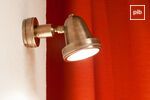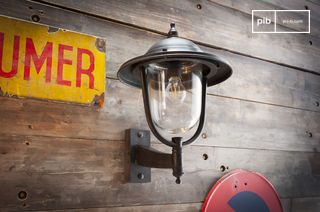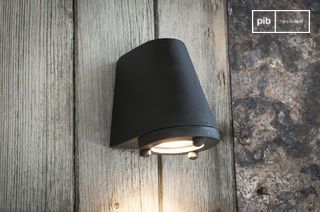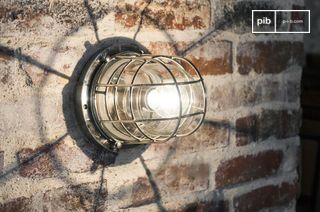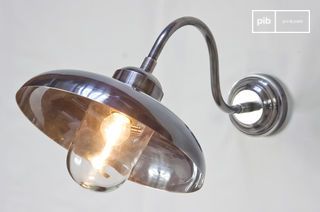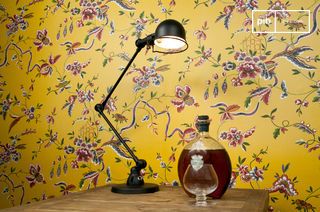Bathroom lighting
Bathroom fixtures have to meet specific requirements in terms of humidity, intended use and lighting precision. Each bathroom luminaire must be positioned to take account of functional areas: mirror, shower, bathtub. Color temperature, resistance to water splashes (IP rating) and light diffusion are the main selection criteria. This selection brings together models adapted to these technical and visual needs, for effective lighting without overload.
read more >Filters
10 festive days
10% off our tables and consoles
Welcome your guests in style · Limited stock

Essential features of a bathroom luminaire
A bathroom luminaire must provide lighting that is both precise, moisture-resistant and adapted to everyday gestures. The protection index (IP) is a decisive parameter: it guarantees the luminaire's level of resistance to water and steam. Areas around washbasins, showers and bathtubs require models certified to at least IP44, or even IP65 in direct contact with splashes. Color temperature influences the perceived quality of light. A neutral white (around 4000 K) is suitable for most uses, particularly make-up and shaving. Finally, the orientation and diffusion of light must limit cast shadows, particularly around the mirror.
Lighting layout and technical constraints
The layout of a bathroom often calls for compact lighting solutions, fixed to the wall or integrated into the furniture. Available space is limited, and reflective surfaces can accentuate or disrupt light diffusion. Linear lighting above the mirror, or sconces on the sides, can distribute light evenly without creating blinding areas. The choice of materials (opal glass, treated metal, waterproof plastic) must also take into account corrosion resistance and ease of maintenance. Some models incorporate non-replaceable LED technologies, while others allow bulbs to be changed: this criterion can influence durability and maintenance in the medium term.
Structuring space with several light sources
A single, central light is rarely enough to meet all the needs in a bathroom. Adding secondary sources helps to better manage the different times of day: direct light for facial treatments, softer ambient light for an evening bath. This distribution also makes for a more structured reading of the space, by differentiating between the different bathing areas. Electrical connections must be considered from the outset of any renovation or refurbishment project, taking into account current standards. A well thought-out installation limits risks and facilitates the aesthetic integration of fixtures into the overall project.
A bathroom fixture isn't just chosen for its appearance. Its technical characteristics, compliance with safety zones, and ability to light effectively without distorting colors are central elements. The aim is to combine functionality, durability and adaptation to space, taking into account the specifics of each room.
